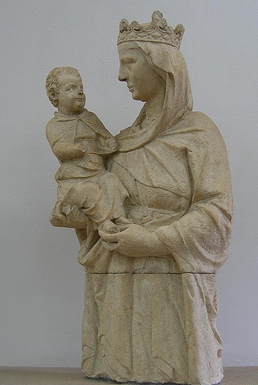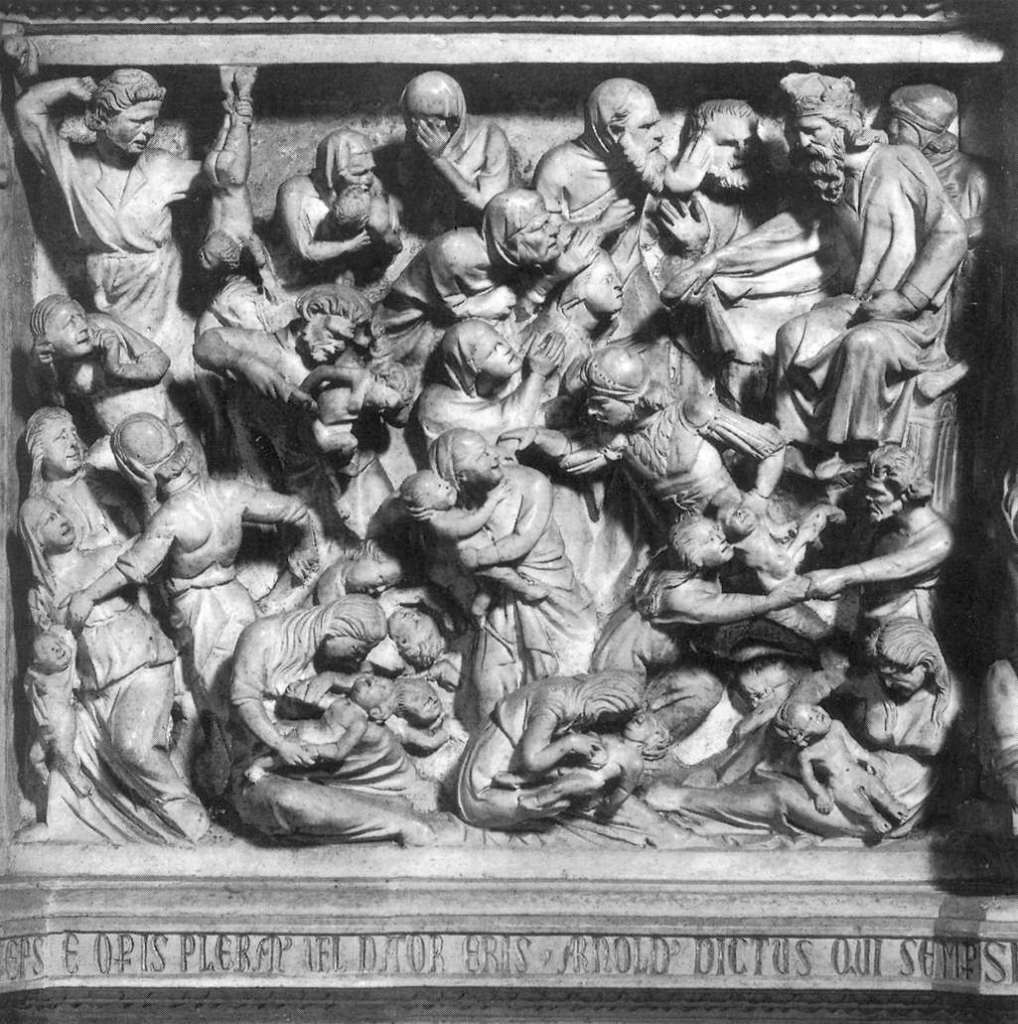The Rise of the Italian Communes and Florence in the Age of Dante
The city-states that emerged in medieval Italy during the 11th and 12th centuries had enormous vitality. The Renaissance would rise like a phoenix “out of the ashes” of the Roman Empire.

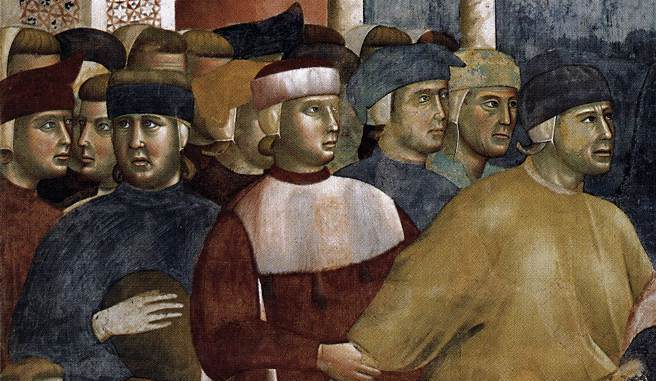
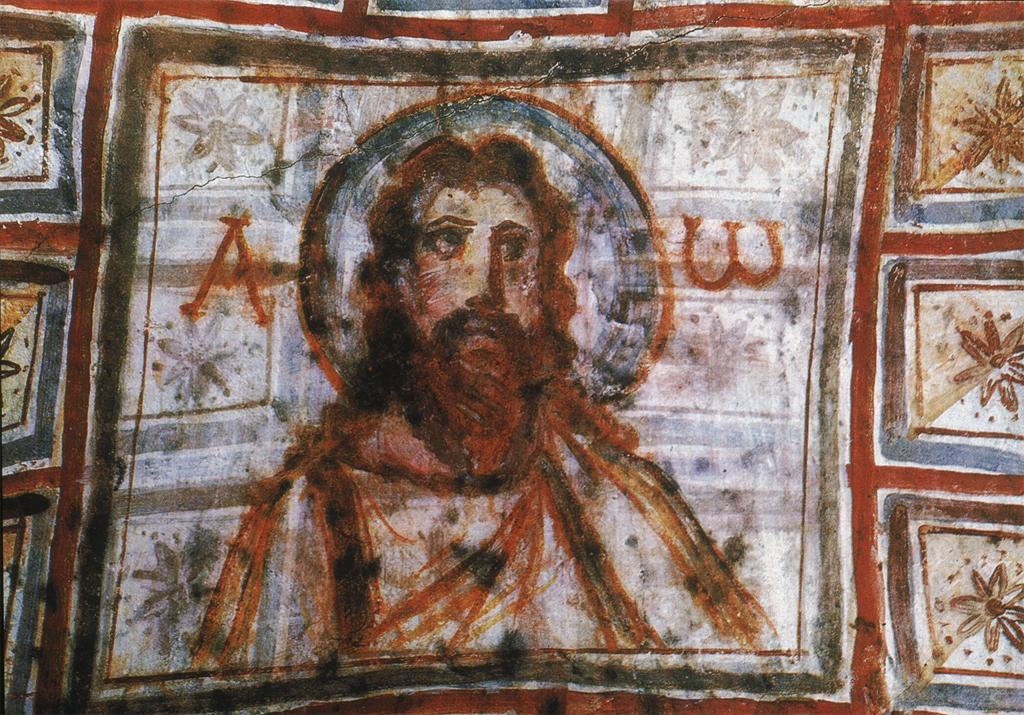
In the chaotic years after the fall of Rome, people bonded within the Christian community.
Bearded Christ, painted fresco from the 4th Century CE from the Catacombs of Commodilla, Rome
Then Europe was united briefly under Charlemagne, a Frankish king who came to rule a large swathe of Europe.
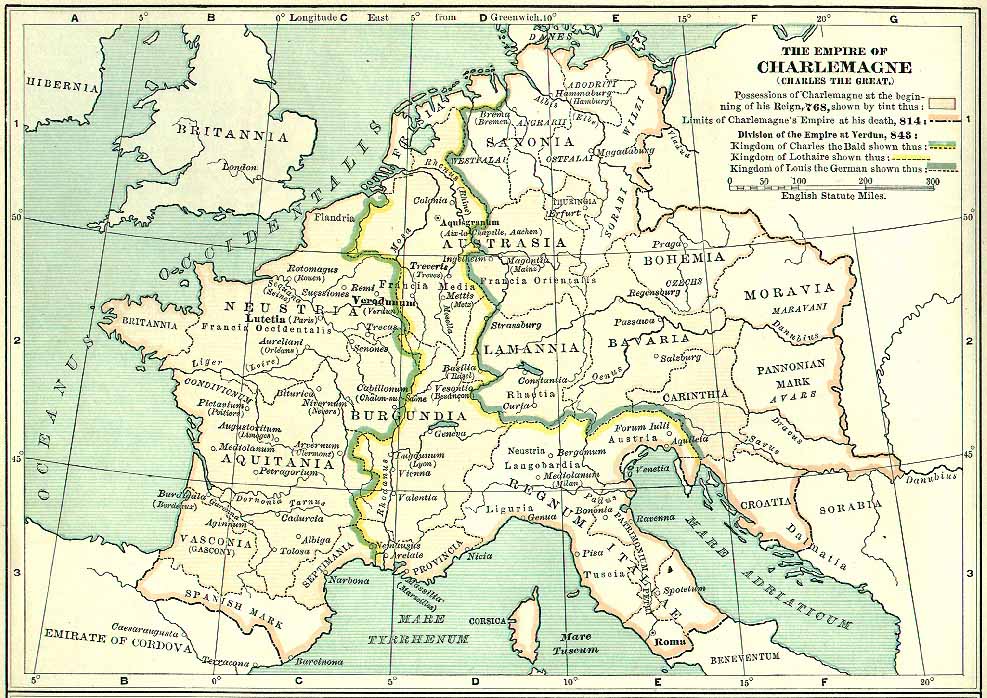
Charlemagne modeled himself on the Roman emperors.
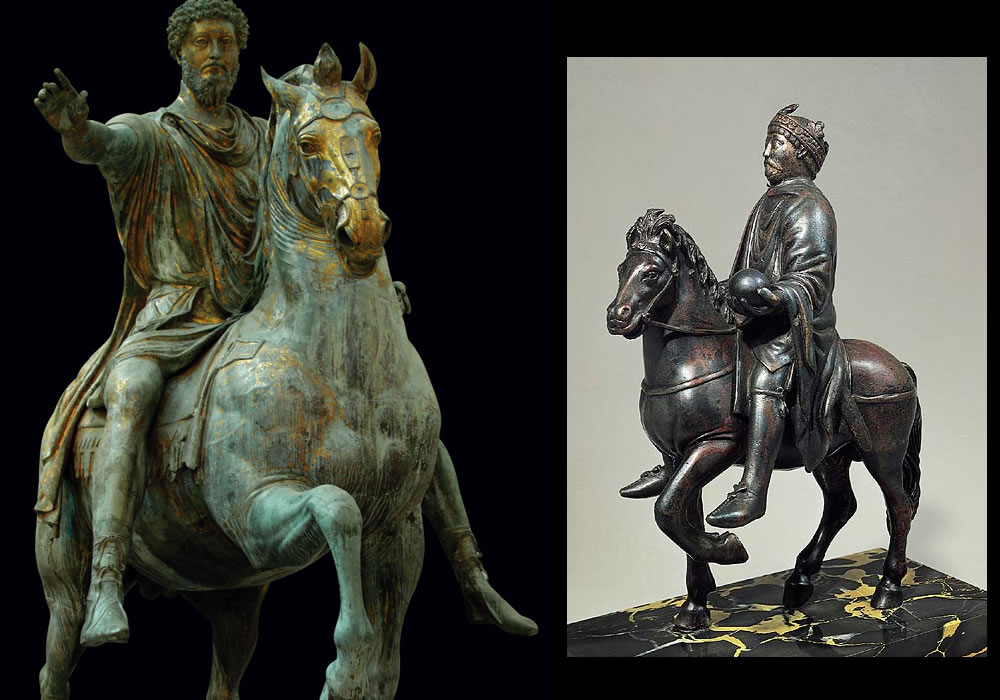
There was a brief, vivid flowering of culture and trade during the Carolingian Era



Left to right: St. Matthew, Coronation Gospels ca. 800-810 CE; Reliquary bust of Charlemagne; Coin with Charlemagne’s image, 768-814 C
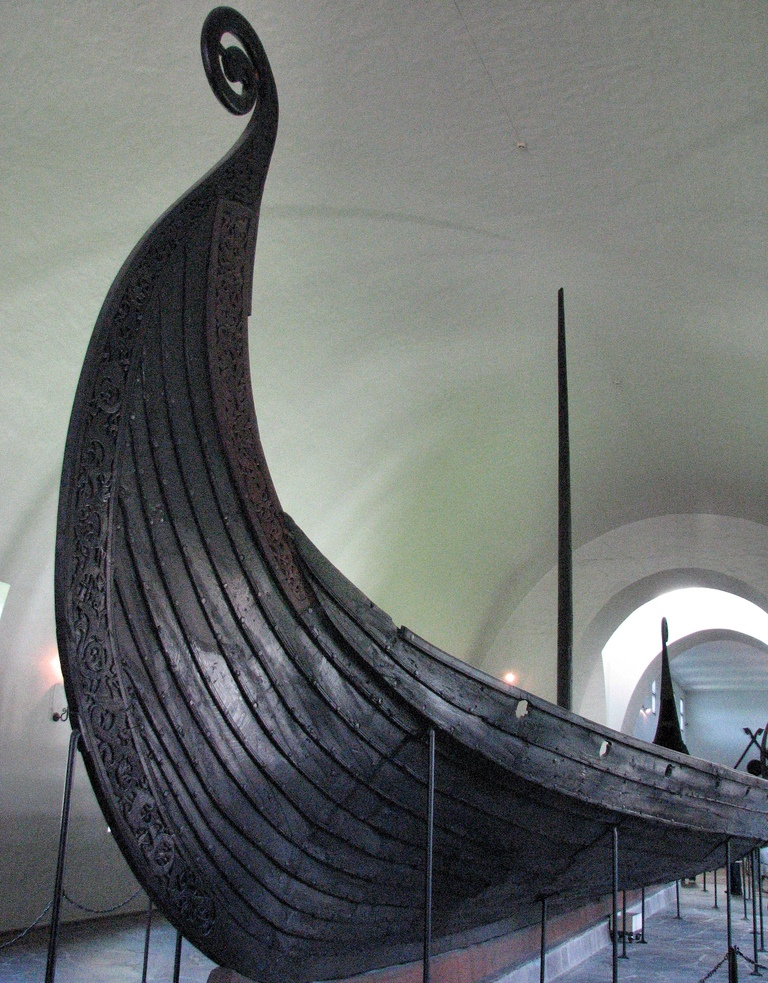
Soon after Charlemagne’s death, his empire fragmented and Europe once more fell prey to invasions, this time from Magyars, Arabs, and Vikings.
In the centuries that followed, throughout Europe people sought the protection of the powerful. These lords were served by knights who fought for them and peasants who farmed.
Lords lived in the manor, their land worked by the peasants. This system of socioeconomic obligations has come to be known as “feudalism.”
Limbourg Brothers, Book of Hours of the Duc de Berry, October, c. 1410-16
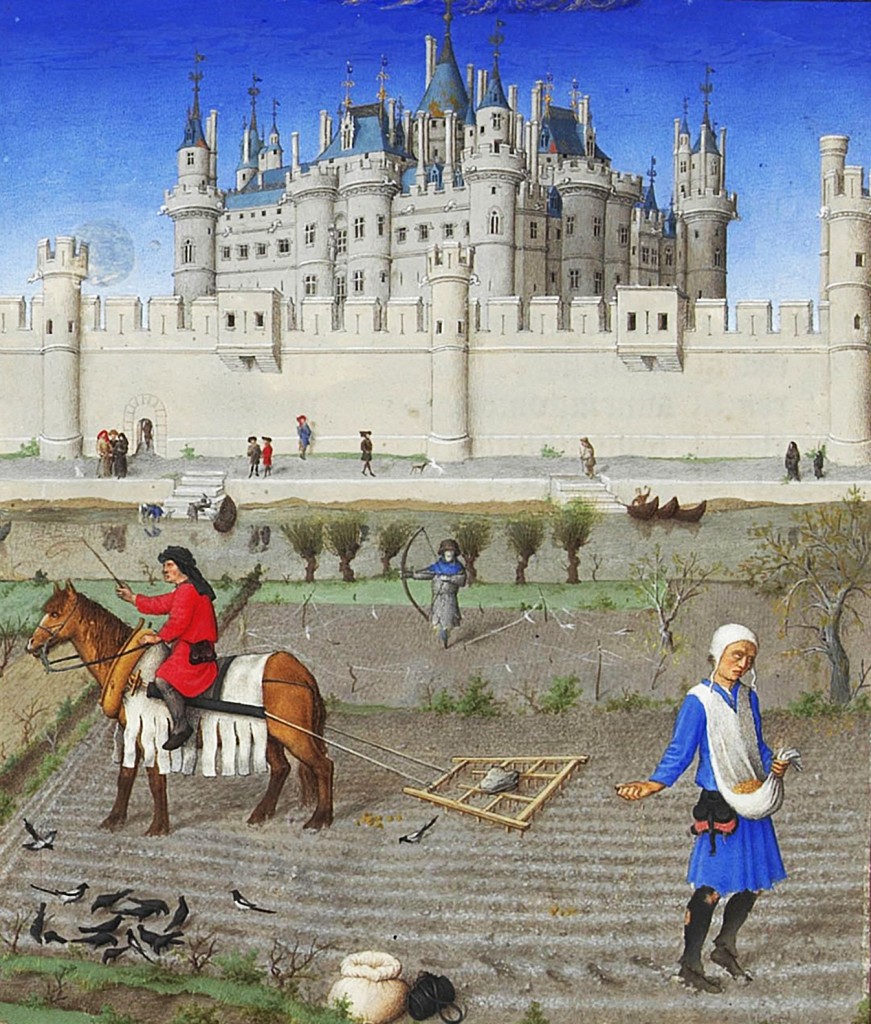
The situation was different in Medieval Italy where trade flourished in many vibrant little towns.



14th-century images from Domenico Lenzi Libro del Biadaiolo (Book of The Grain Merchant) and the Biccherna of Siena
Within these towns, citizens formed political organizations known as communes. The communes owed allegiance to the Emperor, as well as the Pope and the local bishop. Tensions dating back to the time of the Investiture Conflict persisted throughout Italy.
In this image Emperor Henry IV kneels before Countess Matilda of Tuscany, who supported the Pope.
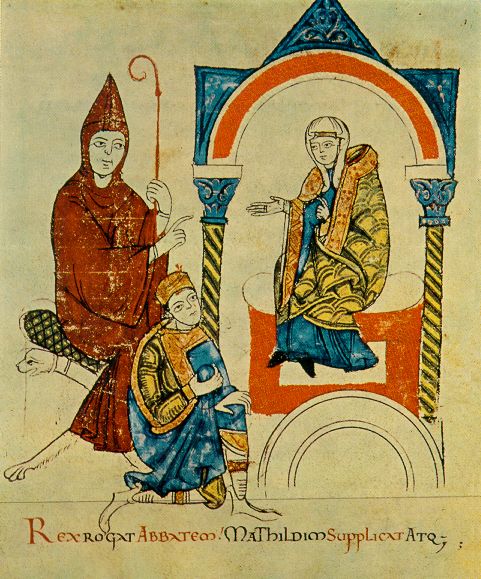
In 1167 communes in northern Italy formed the Lombard League. Together, they defeated the Emperor Frederick Barbarossa at the Battle of Legnano in 1176


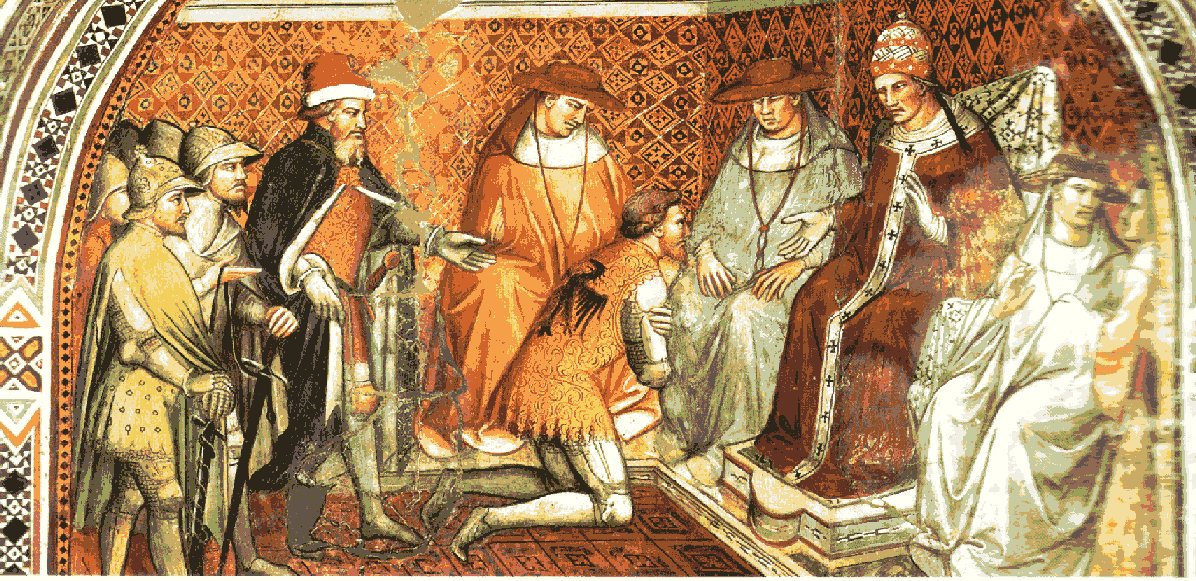
With this act, the city-states of medieval Italy essentially won their autonomy from the Empire. As a result, the self-governing communes of central and northern Italy flourished.
One of those communes was Assisi, birthplace of St. Francis. The image at the beginning of this chapter is a detail taken from a fresco of the life of St. Francis of Assisi. Here is an image of that entire fresco. In this scene Francis’s father reacts angrily as he watches his son give away all his belongings, stripping naked in the public piazza of the town.
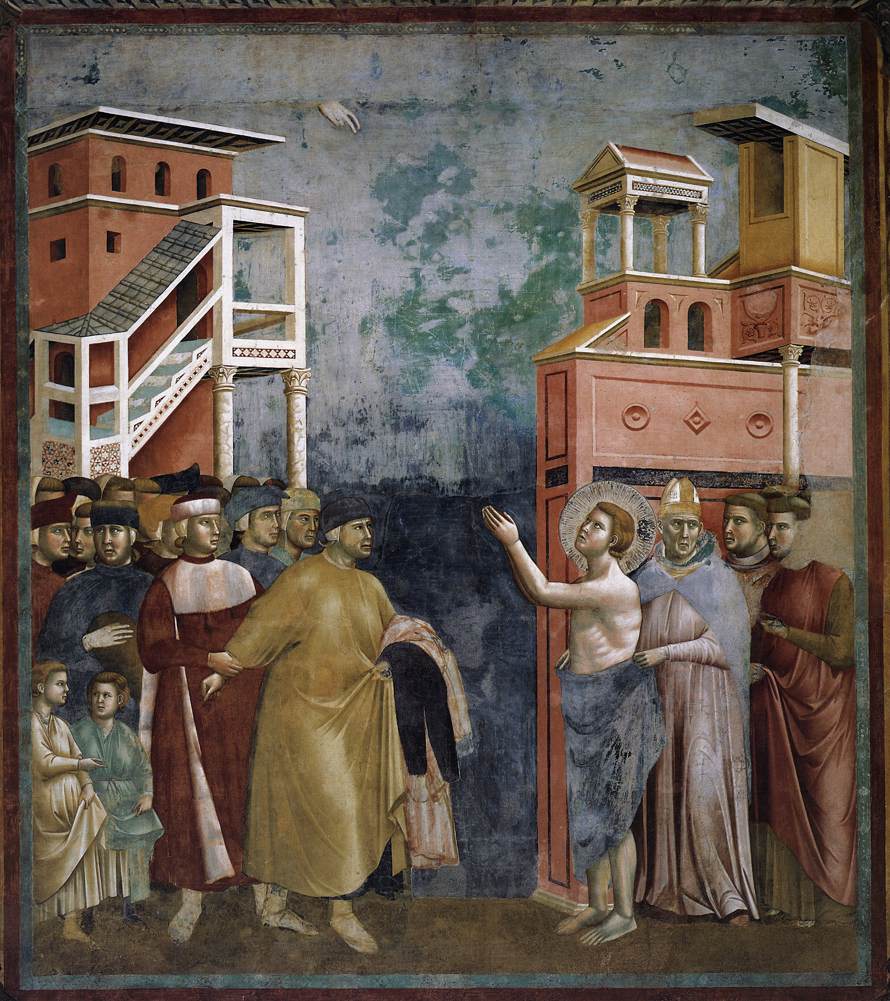
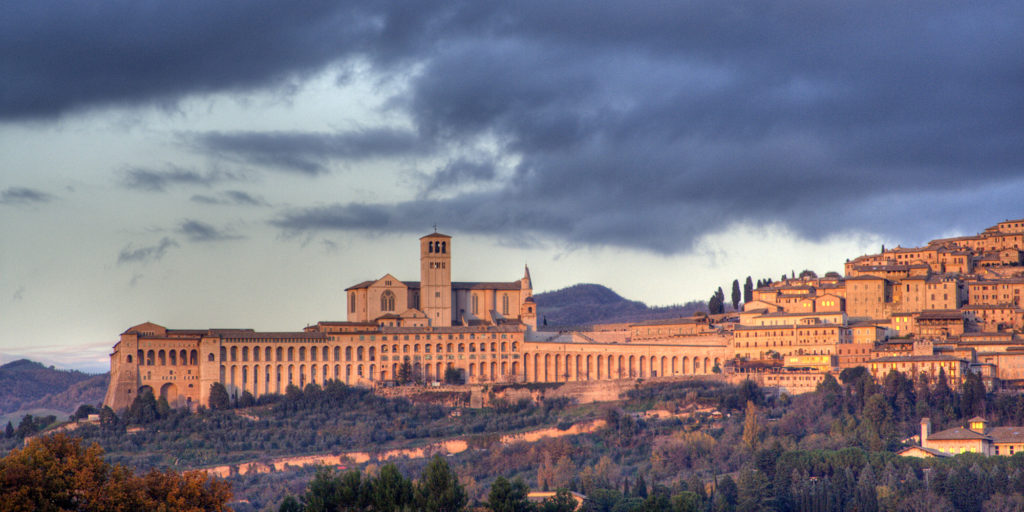
It is one of the frescoes in the Upper Church of the Basilica in Assisi
It was painted by a contemporary of Giotto and is sometimes attributed to him, as he painted many of the frescoes in Assisi. But which ones? This is hotly debated among Giotto scholars.
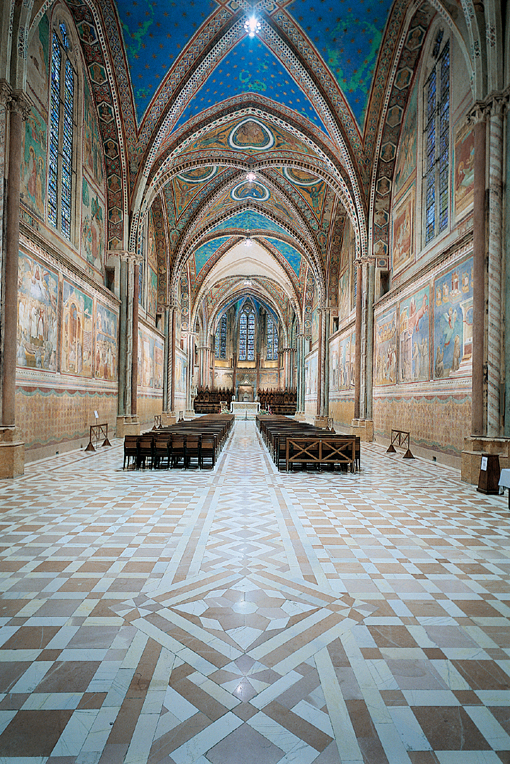
Even when they find a painting signed by Giotto himself attribution can be controversial…
For instance here is the Bologna Polyptych, actually signed “Opus Magistri Iocti de Florentia.” Despite that signature, many do not want to believe such an inferior work could be by the hand of the master.
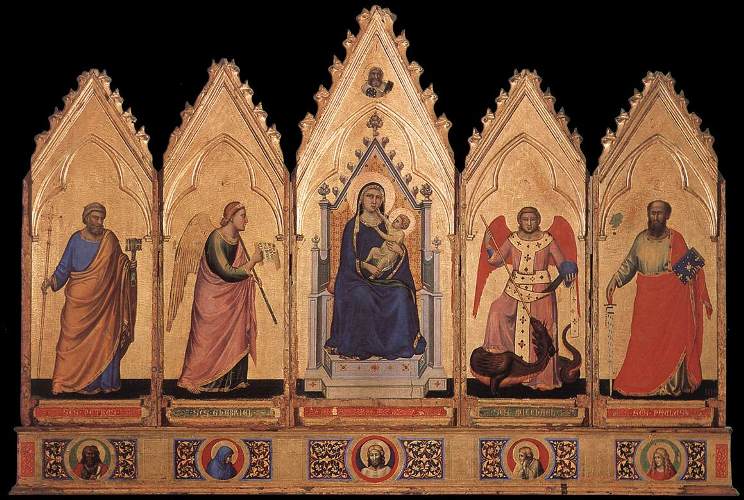
Below is Giotto’s Ognissanti Madonna – an undisputed masterpiece – whether painted by Giotto or by someone else of the same name.
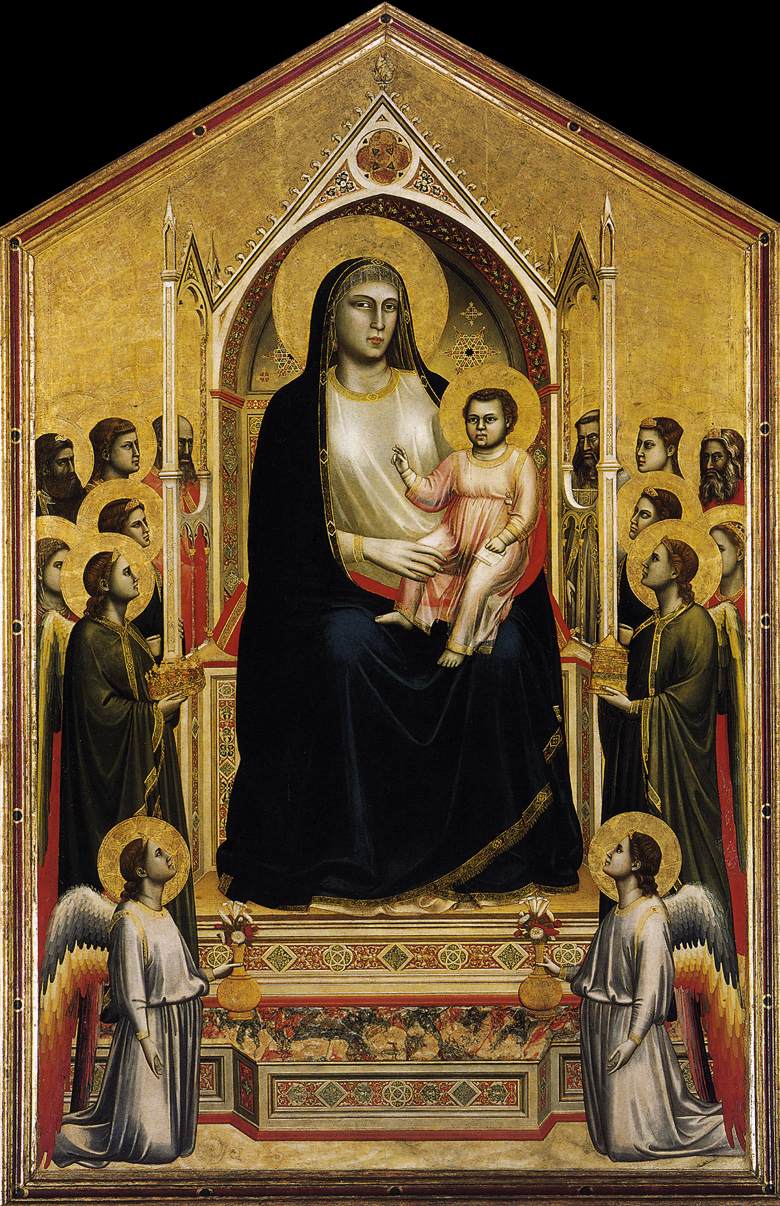
To understand what the revolution in painting Giotto caused, it is useful to compare his work with that of his great predecessor, Cimabue.
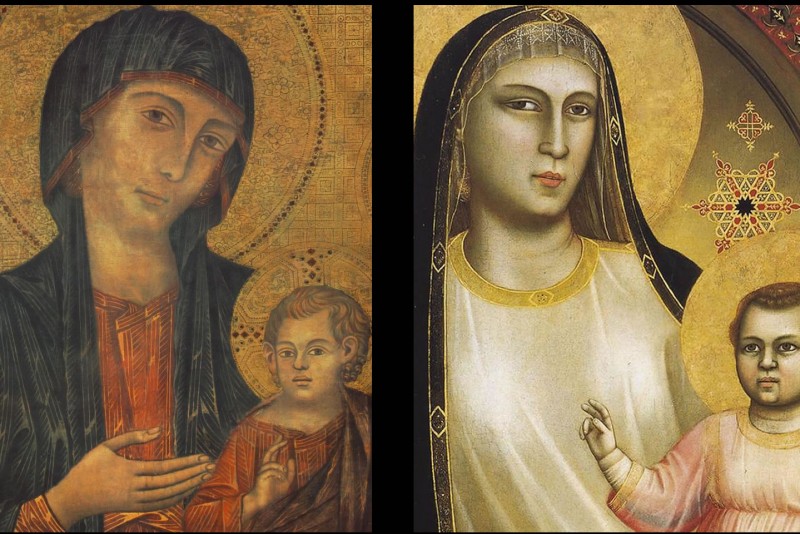
This painting in the Franciscan church of Santa Croce in Florence represents the death of the founder of the order, St. Francis of Assisi. Although badly damaged, it is one of Giotto’s most moving works.
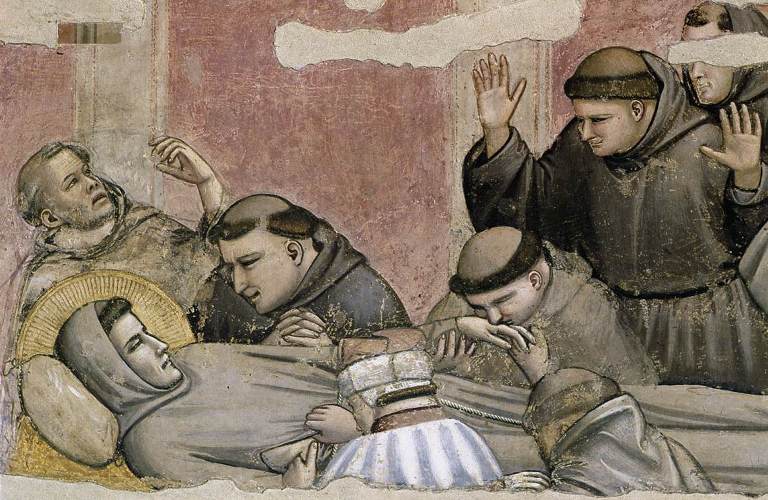
The expressiveness and naturalism in such works make Giotto the father of painting in Renaissance Italy.

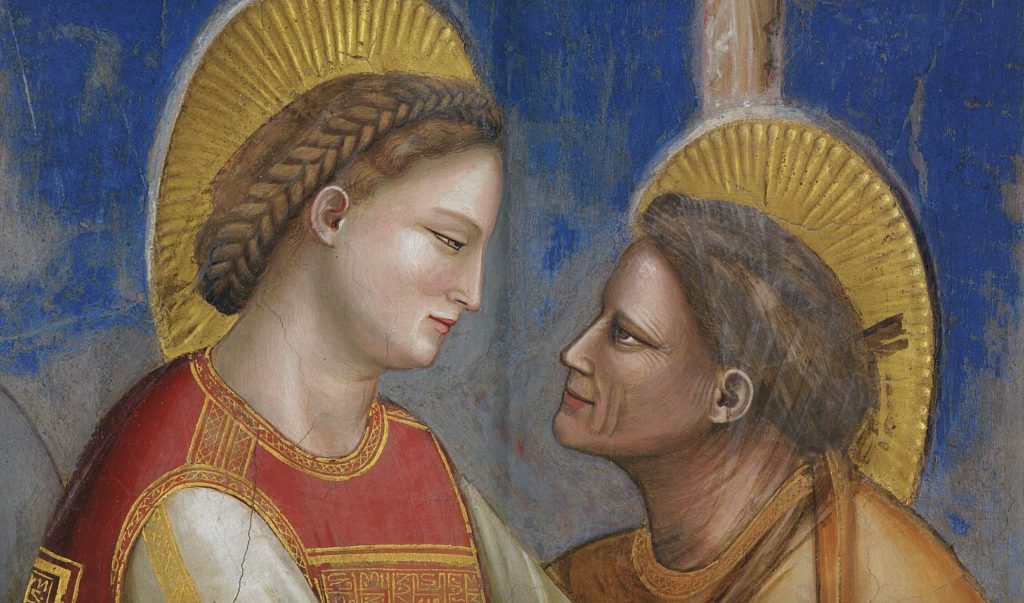
Yet Giotto’s way of representing three-dimensional space can be rather confusing.
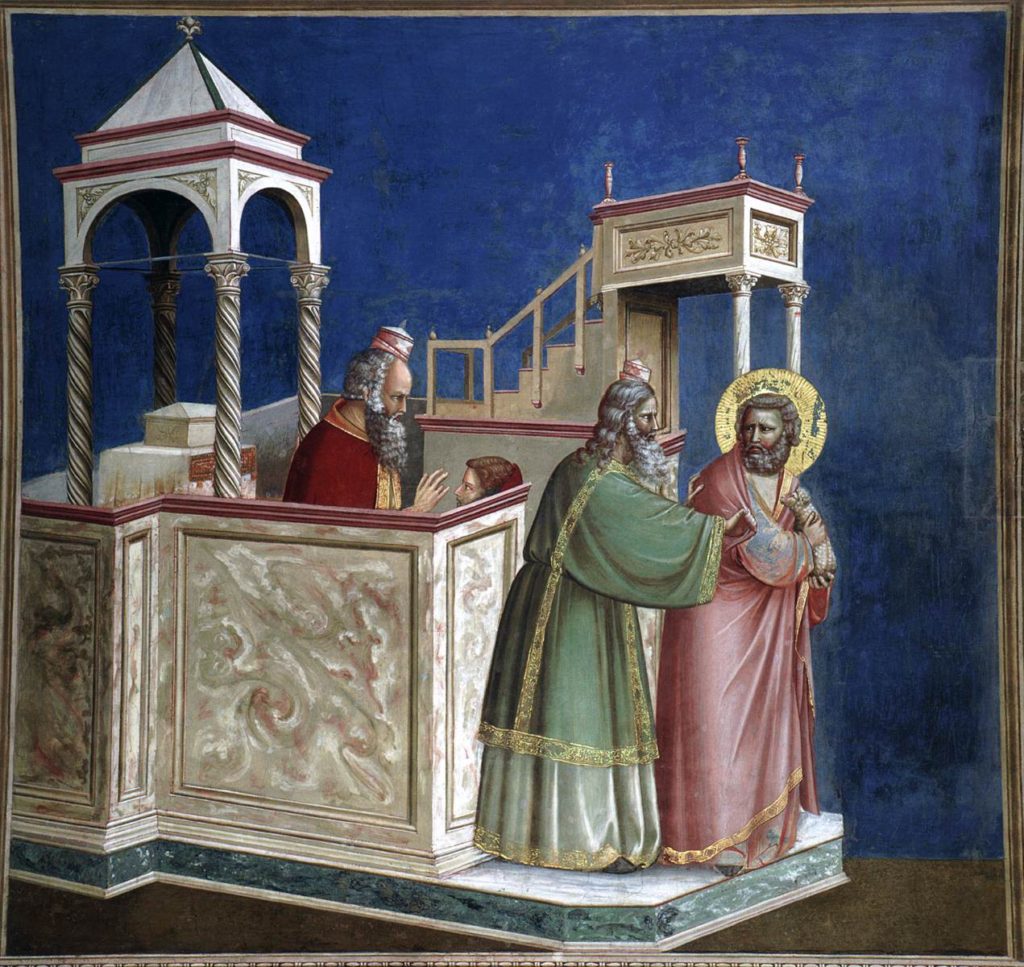
Here is a link to an excellent analysis of Giotto’s use of perspective.
Giotto’s nightmarish vision of the afterlife from The Last Judgment fresco in the Arena Chapel in Padua recalls Dante’s Inferno.
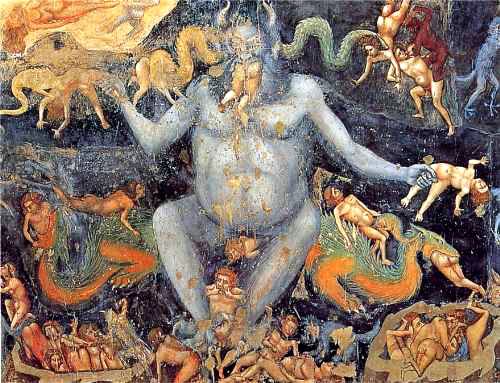
Dante sent moneylenders to Hell. Though Enrico Scrovegni, a banker (read: “usurer”) seems to have found a sure way into Heaven.
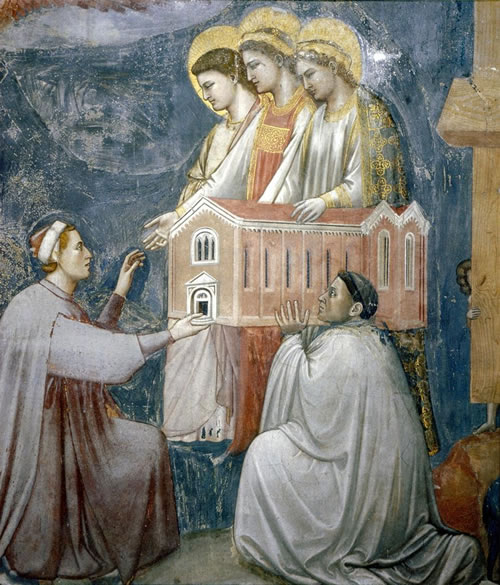
Giotto portrays his patron Scrovegni donating this church, thereby cleansing himself of his sins. Consequently, “follow the money” is an important phrase to remember in medieval Italy.
Here is a picture of what Scrovegni and others were after:
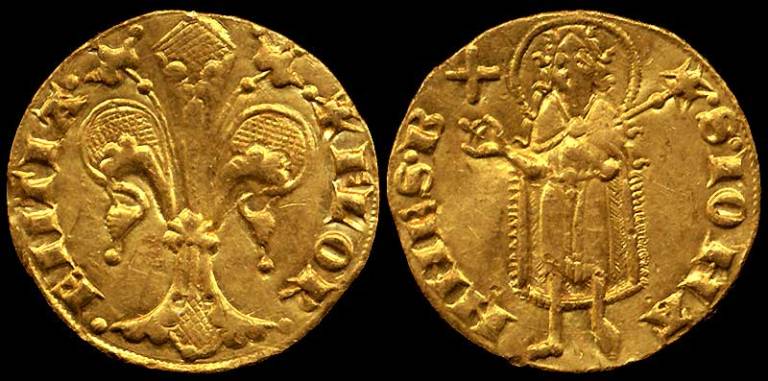
Immense fortunes were made through money changing.
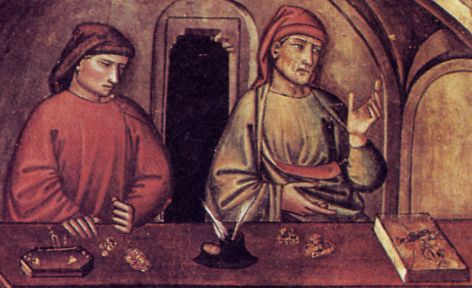
Giotto painted this rotund man, whose belly bulges like the wine jugs beside him. Thus the artist gently mocks the image of the prosperous, self-satisfied merchant class of his day.
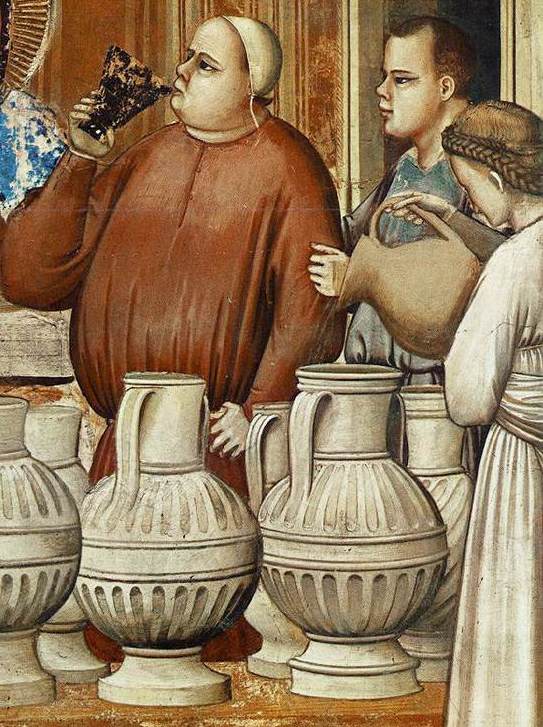
Built in 1255, the Bargello was the seat of Florentine government in Giotto and Dante’s time.
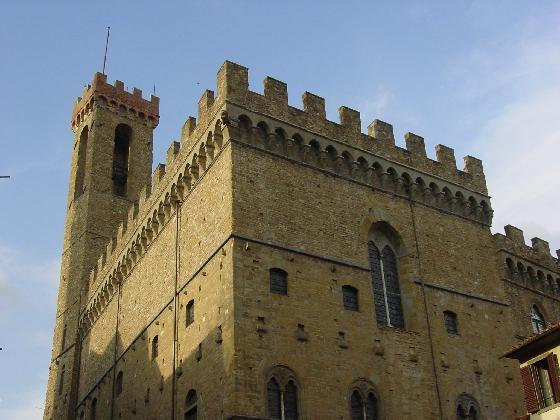
The Palazzo dei Priori (now called the Palazzo Vecchio) became the new City Hall in the 14th century. Moreover, it is still the City Hall of Florence today.
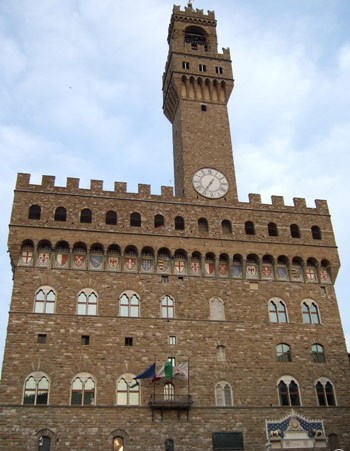
Here is the Campanile (Bell Tower) designed by Giotto that stands beside the Cathedral of Florence.
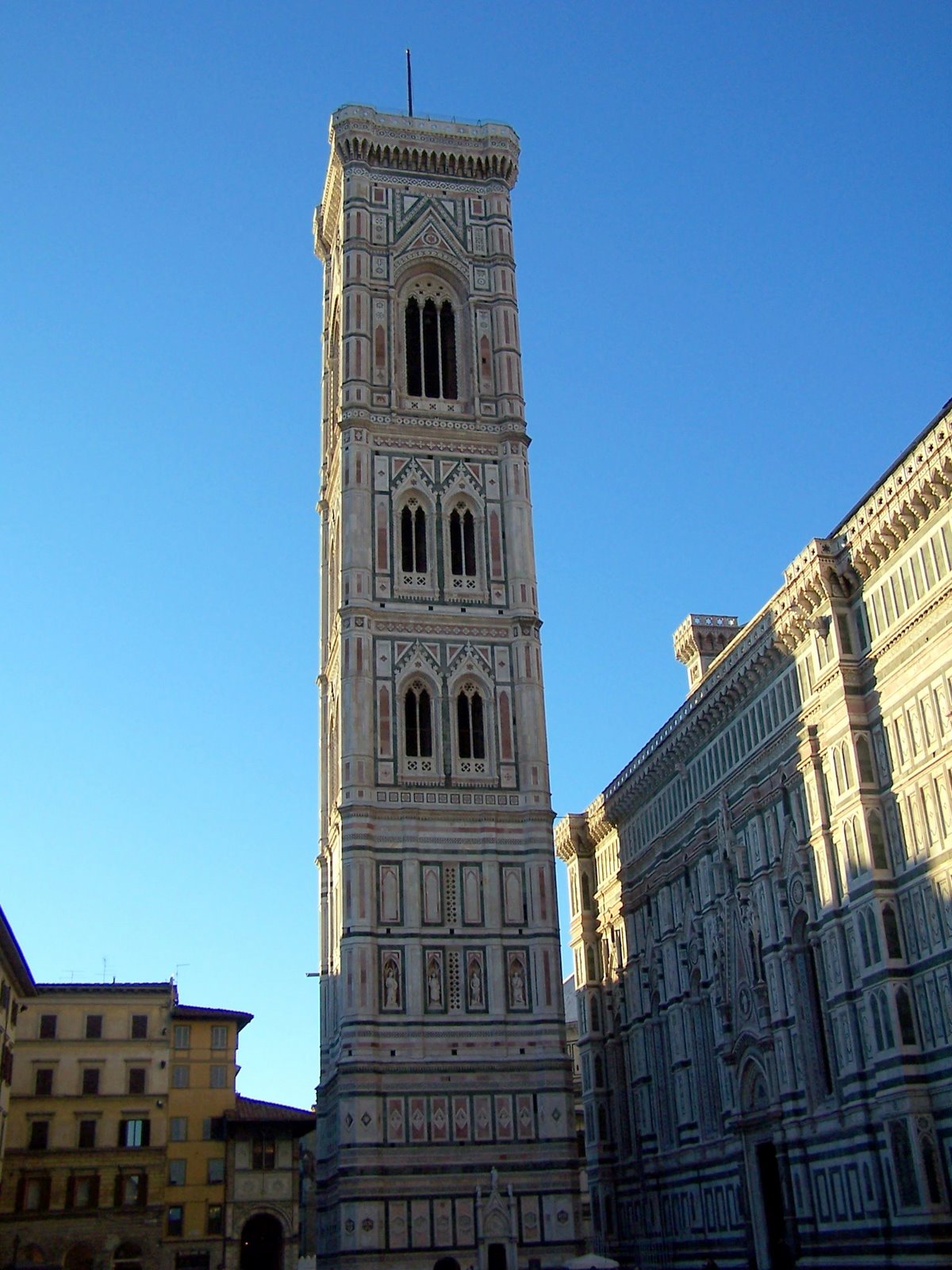
In the previous century many powerful private Florentine citizens built towers on their homes; there were over 150 of them.
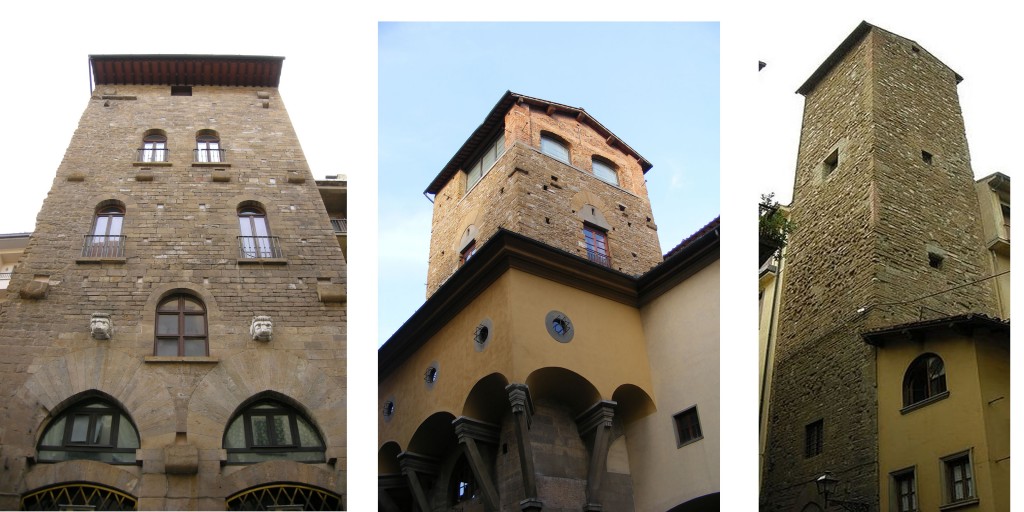
Symbols of pride and the arrogance of the magnate class, the towers of the Tuscan town of Monteriggioni inspired Dante’s description of the Giants in the Inferno:
“…as, on its round wall, Monteriggioni is crowned with towers, so there towered above the bank that runs around the pit, with half their bulk, the terrifying giants…” Dante Inferno XXXI 40-45
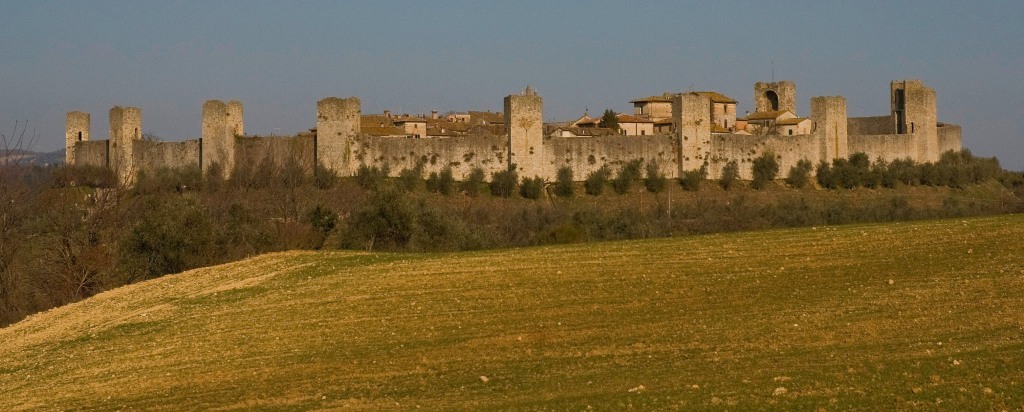
To get some idea of what Florence looked like before the government lopped off the tops of its towers, here is a photo of the Tuscan town of San Gimignano as it appears today, with its medieval towers intact.
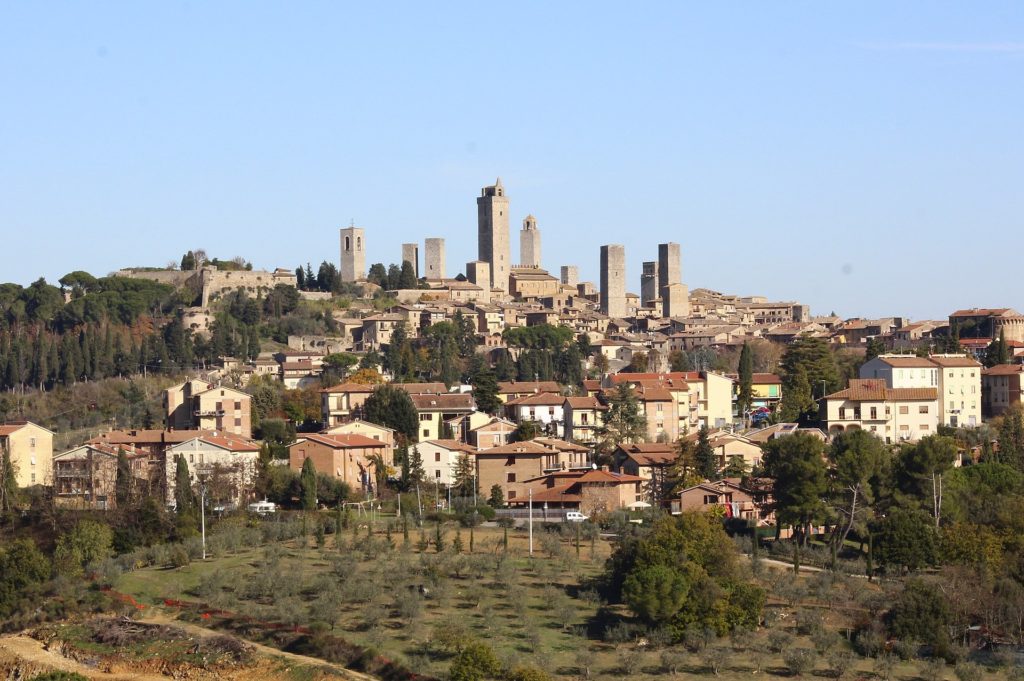
These measures did not entirely eliminate factional strife. However, they did tend to limit excessive violence in the cities.
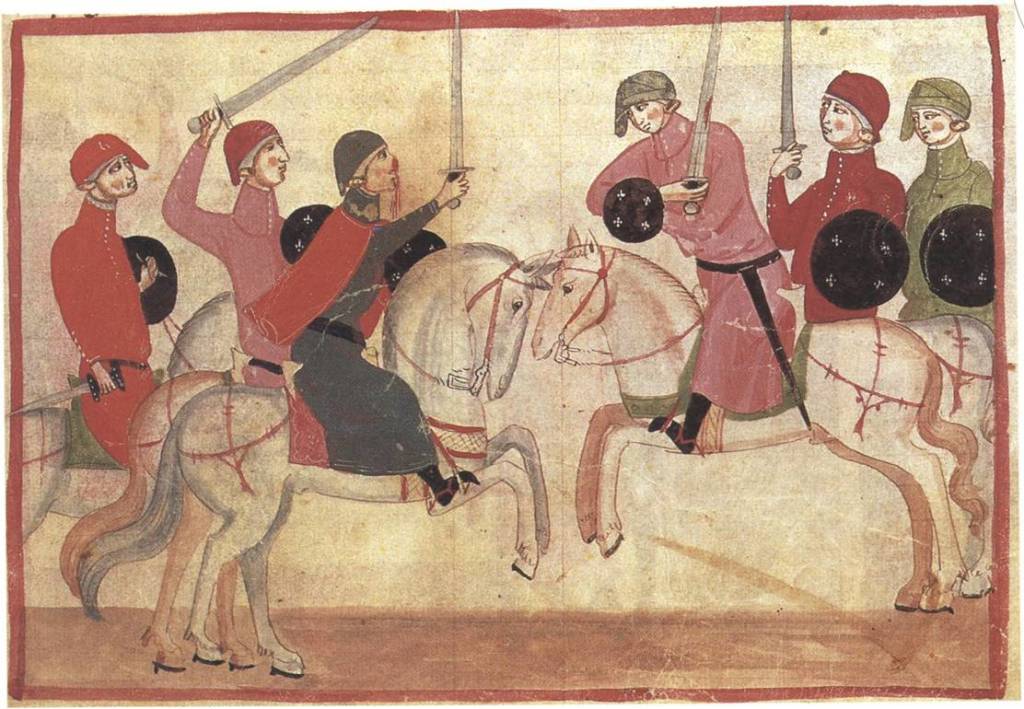
The fresco below, painted in 1342, shows Florence as one of the most bustling cities in medieval Italy during the first half of the 14th century.
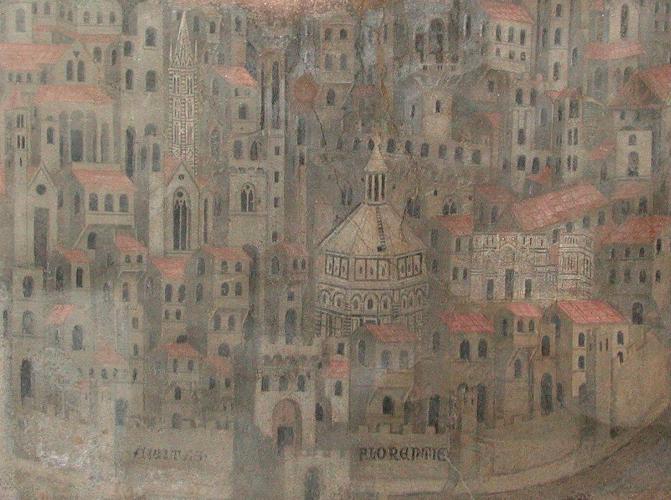
Around the same time of Dante and Giotto, a naturalistic school of sculpture was developing in Pisa influenced by works of antiquity. For instance, Nicola Pisano would have been familiar with this ancient Roman relief in the Camposanto in Pisa.


Nicola Pisano’s 1260 Adoration of the Magi on the left, beside an ancient relief in the Caposanto in Pisa, on the right.
Similarly, like his father Andrea, Giovanni Pisano sculpted in a naturalistic style.
